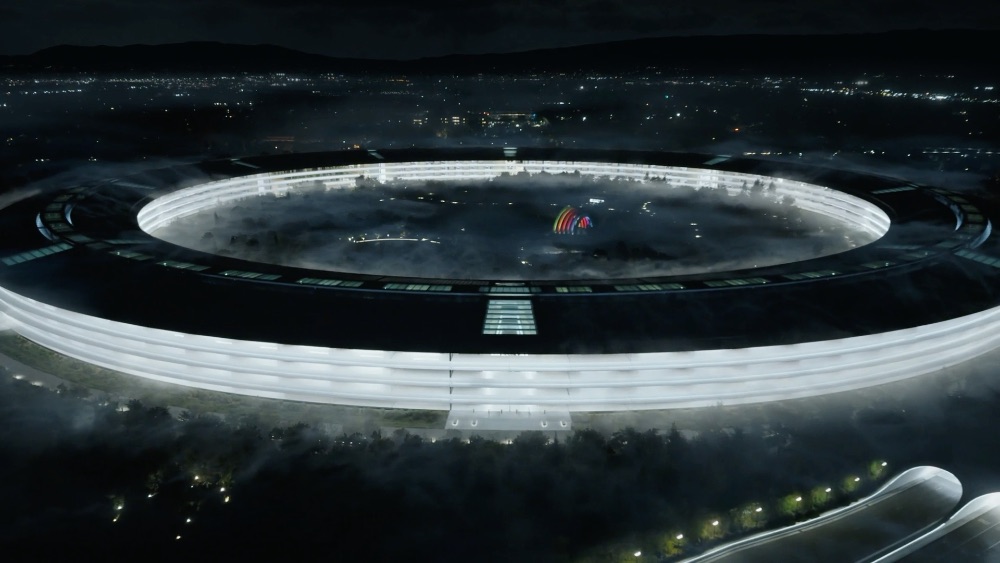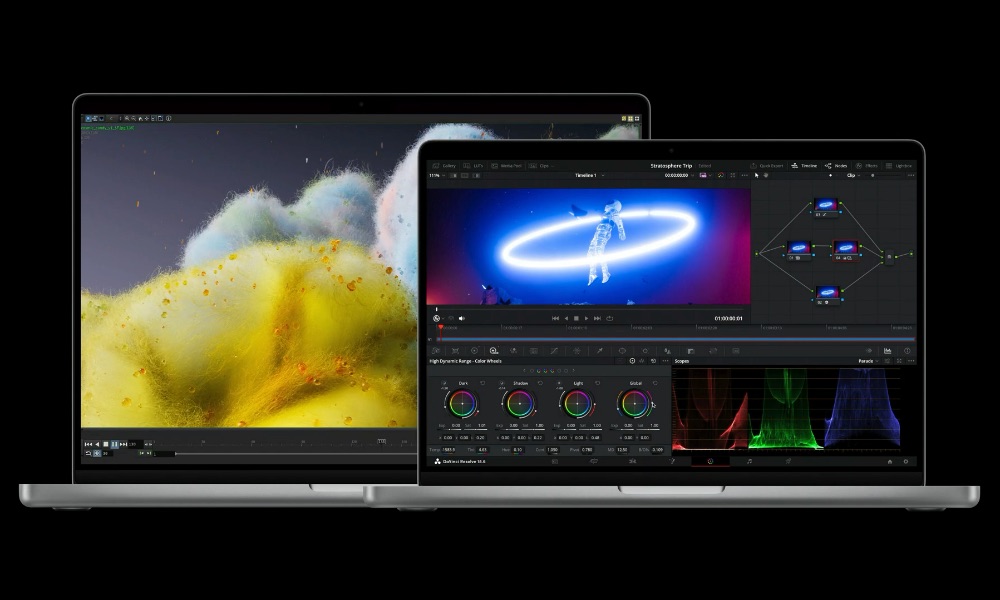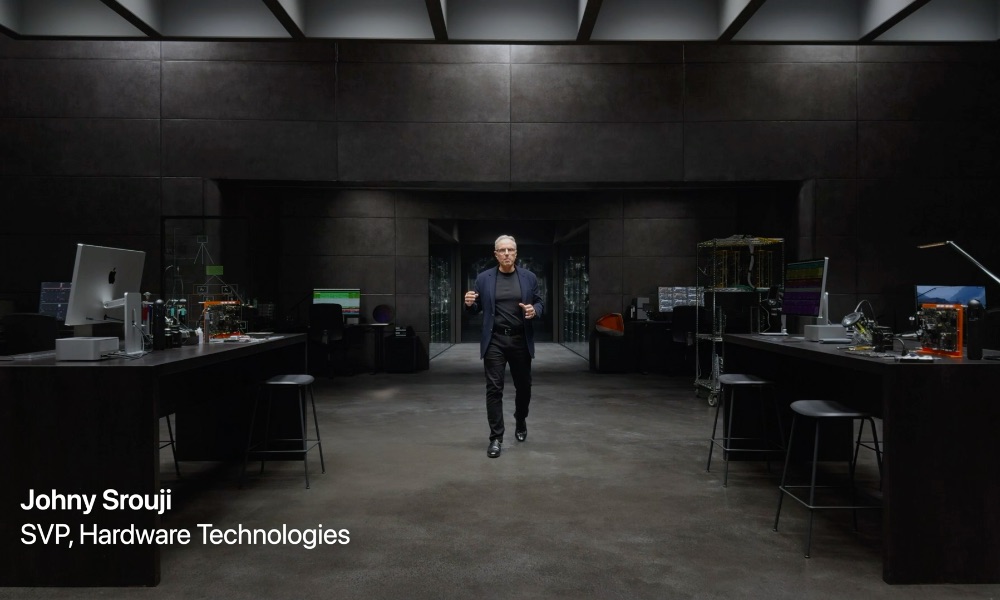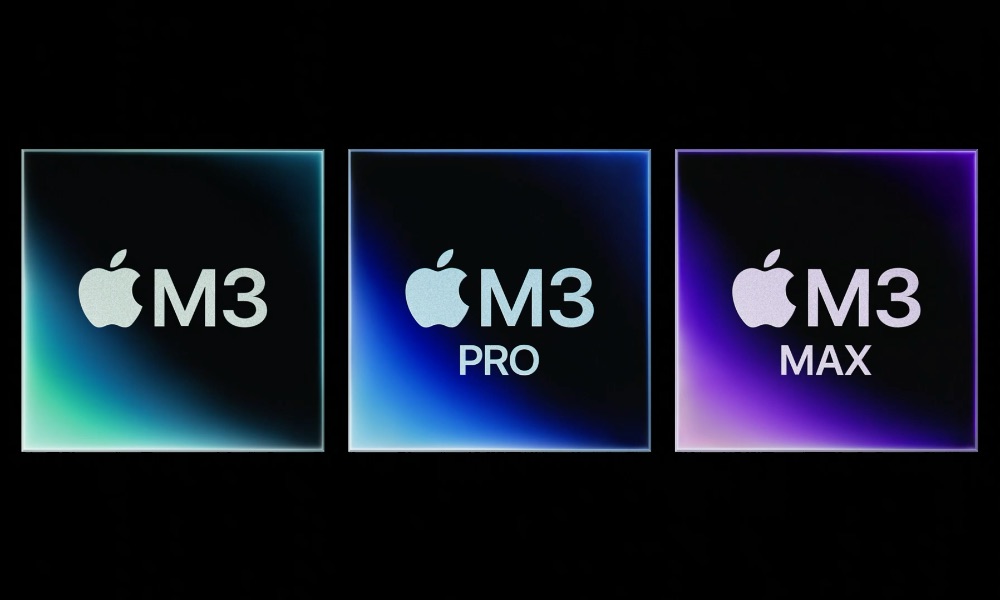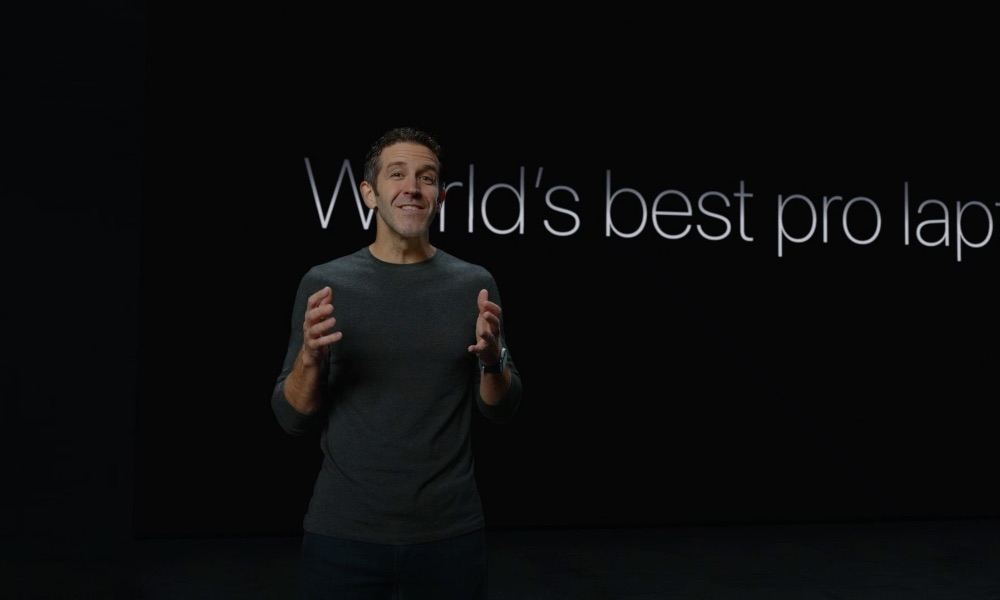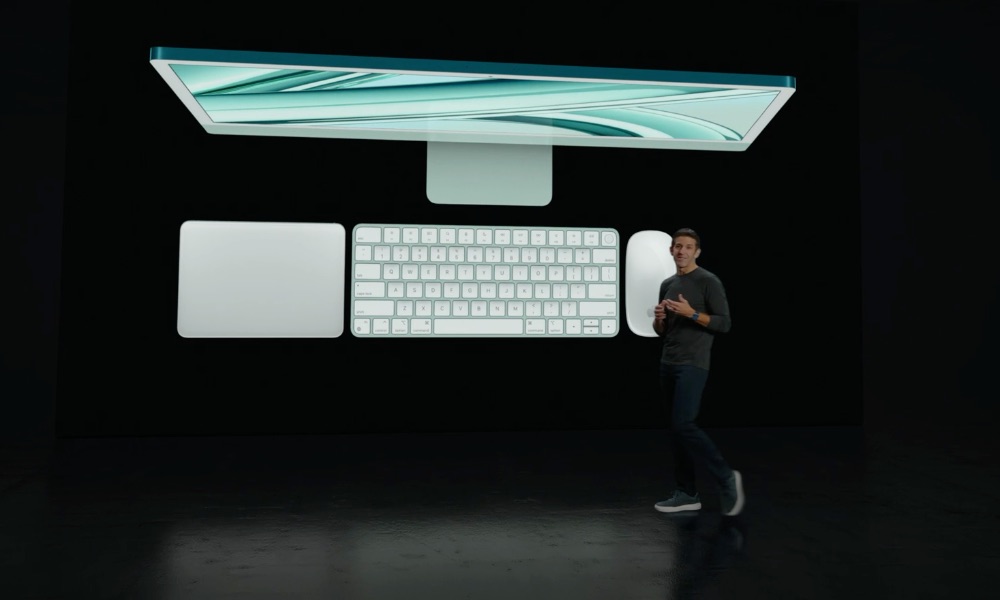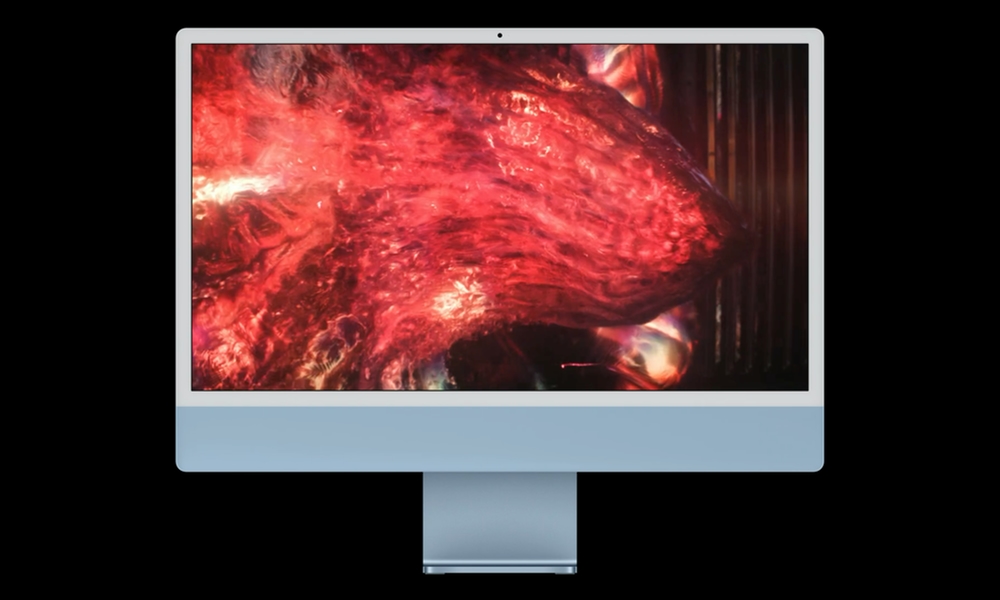Apple’s ‘Scary Fast’ Was a Fun Non-Event
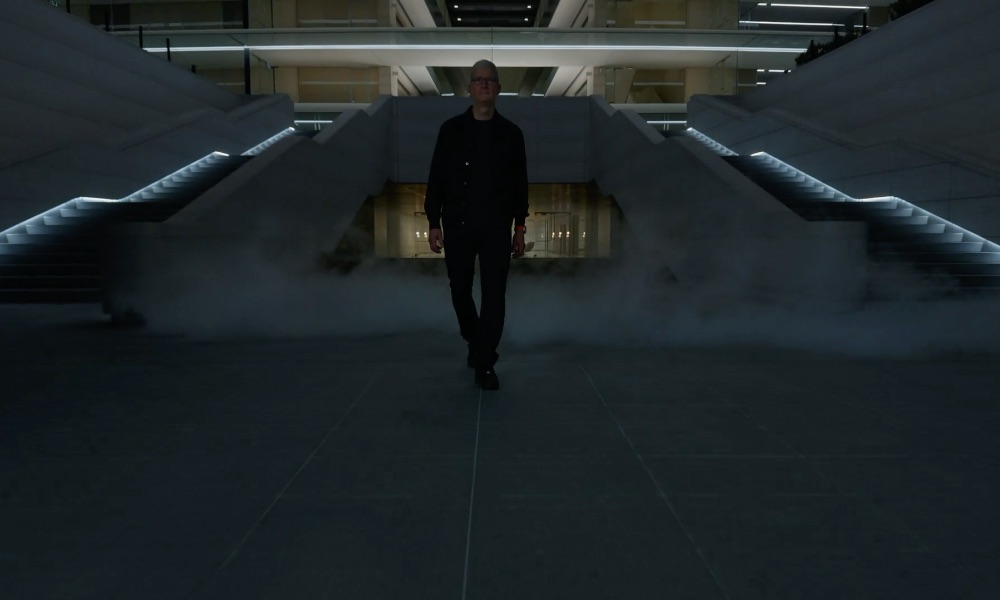
Toggle Dark Mode
Last night, Apple held what was perhaps one of the most unusual events in the company’s storied history. While the topic of the event was typical for October — new Macs — the presentation and format had an unusually whimsical spin.
Firstly, the evening timing was unprecedented for an Apple event. Most Apple events start in the morning in Cupertino at 10 a.m. Pacific Time, putting them at a comfortable 1:00 p.m. on the East Coast. Occasionally, Apple will have later start times when hosting events in other locations, such as some of the education-focused events held in Chicago and New York City over the years. Still, those have always been the exceptions, and Apple product announcements coming from Cupertino usually keep to a pretty predictable schedule.
That wasn’t the case with Scary Fast, which kicked off at 5:00 p.m. PT, landing right in the middle of prime time at 8:00 p.m. Eastern Time. This led to theories that Apple might have a reason for this, such as tying things in with a prominent Japanese game developer, but those turned out to be pure speculation.
In the end, it seems that Apple just wanted to have an evening event for the fun of it. From the eerily glowing night view of Apple Park with Tim Cook emerging from the shadows to Apple chip design chief Johny Srouji welcoming us to his dark, slightly gothic-looking lab, it was obvious that Apple chose to lean heavily into the “Apple After Dark” Halloween theme. It was a fun change.
What’s more interesting is the fact that Apple held an event at all. While new Mac events aren’t at all unusual for the late fall, this was a quick half-hour presentation that mainly focused on Apple’s next-generation M3 chip lineup — the M3, M3 Pro, and M3 Max — while adding in new MacBooks Pro and a 24-inch iMac to contain those chips.
However, the Macs themselves weren’t anything particularly exciting. The 24-inch iMac was announced almost as an epilogue to the event. The new M3 chip will make it twice as fast as its early 2021 M1-equipped predecessor, but that’s to be expected. Otherwise, it’s the same 24-inch iMac that’s been on the market for the past two-and-a-half years, right down to the price, configurations, and colors.
The new 14-inch and 16-inch MacBook Pro models had little more to add. The Liquid Retina XDR screen gets brighter in SDR mode, and of course, they pack in all of Apple’s M3 chips, but unless you opt for the sleek new Space Black (a finish that may have partially inspired this year’s darker event), you’ll be hard-pressed to see a visual difference between these new MacBooks and the M2 versions that Apple launched earlier this year. All the changes are under the hood in the new M3 silicon.
Perhaps the biggest news of the event was simply the unification of Apple’s MacBook Pro lineup into something that now makes a lot more sense. The odd one out — the 13-inch MacBook Pro — is officially gone, replaced instead with a version of the 14-inch MacBook Pro that includes the base M3 chip. This means those who want the better screen and more generous assortment of ports are no longer forced to jump to the M-Series Pro chip to get it; the entry-level M3 MacBook Pro can now be had for $1,599.
Nevertheless, those Macs are the types of updates that Apple typically pushes out much more quietly via a press release. That’s precisely what the company did in January with its M2 Pro/Max MacBooks Pro, with little fanfare to accompany the new higher-end Apple silicon.
Of course, Apple had already unveiled the base M2 chip six months earlier at its June Worldwide Developers Conference (WWDC), alongside a significantly redesigned M2 MacBook Air. However, it was that new design that was the bigger news than the M2 chip, and the WWDC announcement may have been a matter of timing, much like this past spring’s 15-inch MacBook Air release.
However, it’s probably fair to say that this year’s M3 chips are much more significant. While the M2, M2 Pro, and M2 Max all offered a nice performance boost, they could hardly have been called game-changing updates. The M3, on the other hand, is the first PC chip built using a 3-nanometer (3nm) process, joining the impressive A17 Pro that Apple designed for the iPhone 15 Pro and iPhone 15 Pro Max.
On Apple’s flagship iPhone models, that new chip powers console-quality games in your pocket. With Apple’s new Macs it’s going to deliver that and much more, thanks to a groundbreaking new GPU architecture.
So, it stands to reason that Apple wanted a chance to show off its M3 chips and talk about the new architecture. Apple’s Senior VP of Hardware Technologies, Johny Srouji, who heads up Apple’s silicon efforts, took up a third of the 30-minute event highlighting the power of the M3 chip’s new GPU architecture and its amazingly efficient power-to-performance ratio. It was a bit technical in some places, but he got the point across that Apple is continuing to deliver incredible performance at energy levels that can still provide battery life to spare.
By the time the Macs came on deck, there wasn’t much to do but to offer the usual dog-and-pony show on how the M3 silicon could power new creative workflows and gaming experiences. Apple didn’t focus on gaming nearly as much as some expected, which was a bit surprising considering where it landed with the A17 Pro and new gaming mode developments in macOS Sonoma, and rumors of a gaming tie-in didn’t come to fruition. It seems yesterday’s release of Resident Evil Village for the iPhone 15 Pro was really just coincidental timing after all — not that the release of a horror game title the day before Halloween is all that surprising.
However, it also seems that Apple wanted to make another point with this year’s event. With Apple silicon now fully mature in its third generation, it’s time for Mac users to get off Intel and join the party.
Throughout the presentation, Apple dropped several comparisons to Intel Macs, in every case obliquely referring to those who haven’t yet taken the plunge into Apple silicon.
This began with the introduction of the Mac segment of the event by Apple Senior VP John Ternus, who referred to the MacBook Pro as a “monster upgrade” for those coming from Intel.
It’s simply the world’s best pro laptop, and with the M3 family of chips, it gets even better, making it a monster upgrade for anyone still on an Intel-based MacBook Pro.John Ternus, Apple SVP, Hardware Engineering
When Apple hardware VP Kate Bergeron was showing off the new 16-inch MacBook Pro, she also added how the new MacBook Pro will “change the game in every way,” noting that it’s eleven times faster than the fastest Intel-based MacBook Pro that Apple ever released.
These are the most powerful laptops we’ve ever created. They’re a big upgrade for any user, but for those users who haven’t yet upgraded from Intel, the new MacBook Pro will change the game in every way.Kate Bergeron, Apple VP, Hardware Engineering
She also added that you’ll never hear the fans at all “for the vast majority of workloads,” an obvious reference to the fact that many of Apple’s Intel MacBooks often sounded like they were preparing for takeoff when under even the slightest load, from the entry-level MacBook Air to the last Intel 16-inch MacBook Pro.
Ternus had a similar point to make about Apple’s 24-inch iMac, subtly reminding customers that it’s time to leave the Intel iMac behind.
For those who are upgrading from an Intel-based iMac, you’ll experience a huge difference in performance and features. John Ternus, Apple SVP, Hardware Engineering
Ternus added that the new M3 iMac is four times faster than the most powerful 21.5-inch iMac and two and a half times faster than the “most popular 27-inch [Intel] models.” While those words appear to have been chosen carefully, suggesting that the highest-end 27-inch Intel iMac was probably closer in performance, that was a pricey configuration, coming in at three to four times the price of the 24-inch M3 iMac.
He also specifically highlighted the 4.5K Retina display as “the perfect size and resolution to replace both the 4K and the 5K Intel-based models in an even more versatile and stunning design.”
Reading between the lines, Scary Fast seemed at least as much of a marketing push to get Intel Mac users to upgrade to Apple silicon as an opportunity to show off the M3 chip lineup. However, that also may not be all that surprising. Only Apple knows for sure what the uptake from older Intel Mac users is like, but they’re still the target market for the new Apple Silicon Macs.
After all, the M1 Pro/Max MacBook Pro was released only two years ago, and the M2 versions less than ten months ago, so there’s little reason for anyone but pros with the most demanding workflows to upgrade from those to the M3 models. Similarly, even though the 24-inch M3 iMac is twice as fast as the 2021 M1 model, it’s not a compelling upgrade since everything else remains the same. However, it’s a whole new ballgame for Intel iMac users.


